Veo 3.1 vs Sora 2: The AI Video Showdown
Both AI Video generators took the internet by storm with insane viral videos that blur the line between real and AI. Veo 3.1 vs Sora 2 - direct comparison.
Read More
 AI Video Generator
AI Video Generator
 Blog
Blog
 AI Agents
AI Agents
 Audio / Voice
Audio / Voice
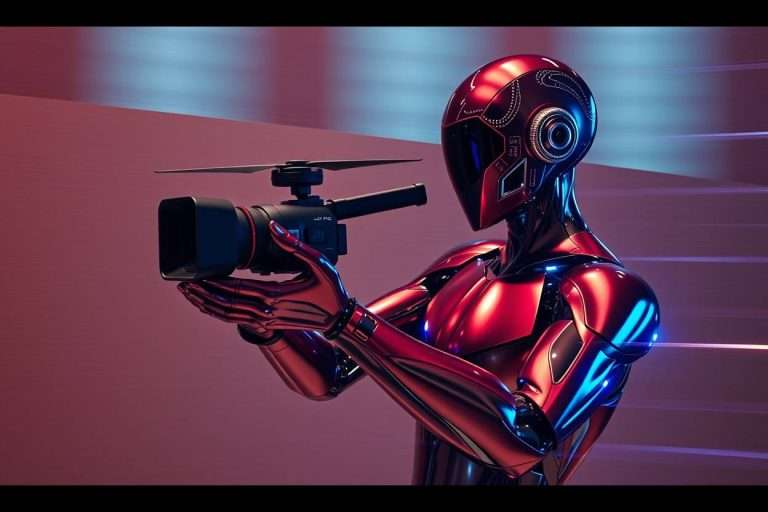 AI Video Generator
AI Video Generator
 AI Video Generator
AI Video Generator
 AI Courses
AI Courses
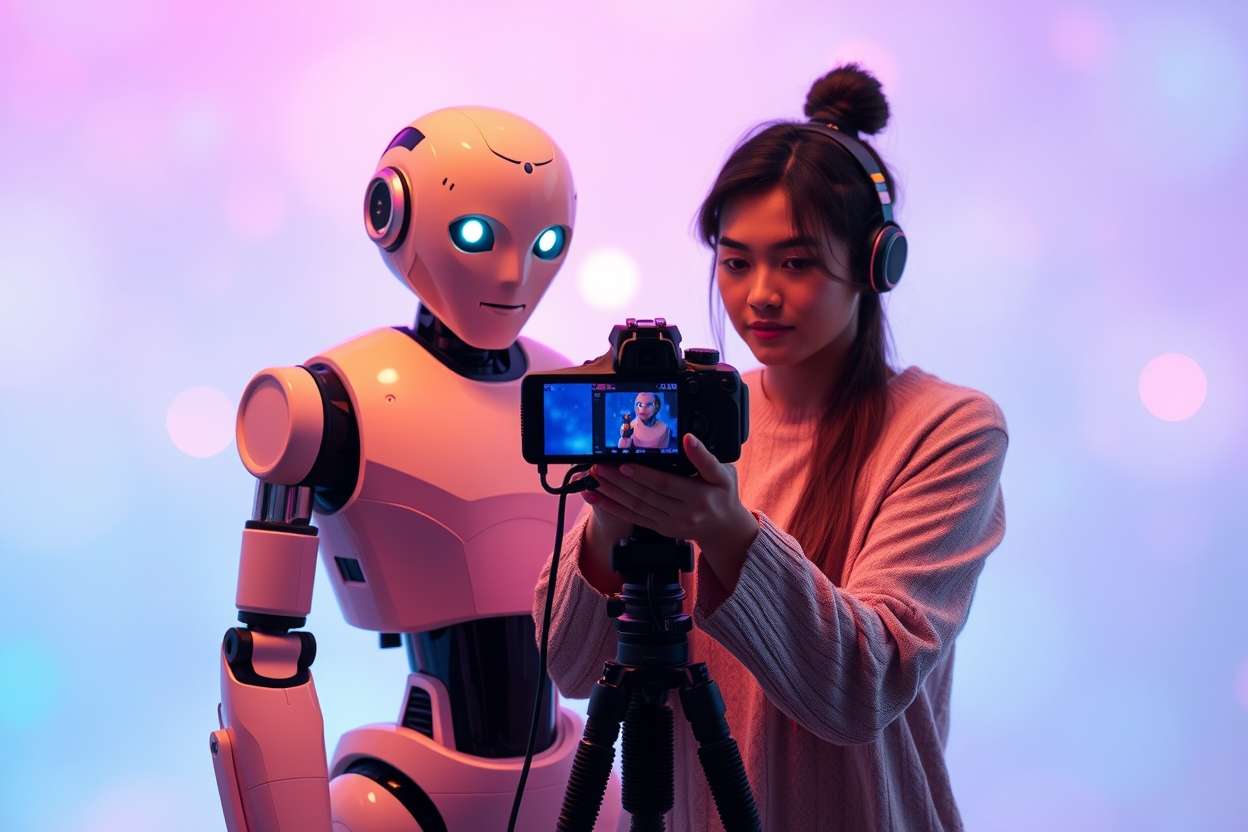 AI Video Generator
AI Video Generator
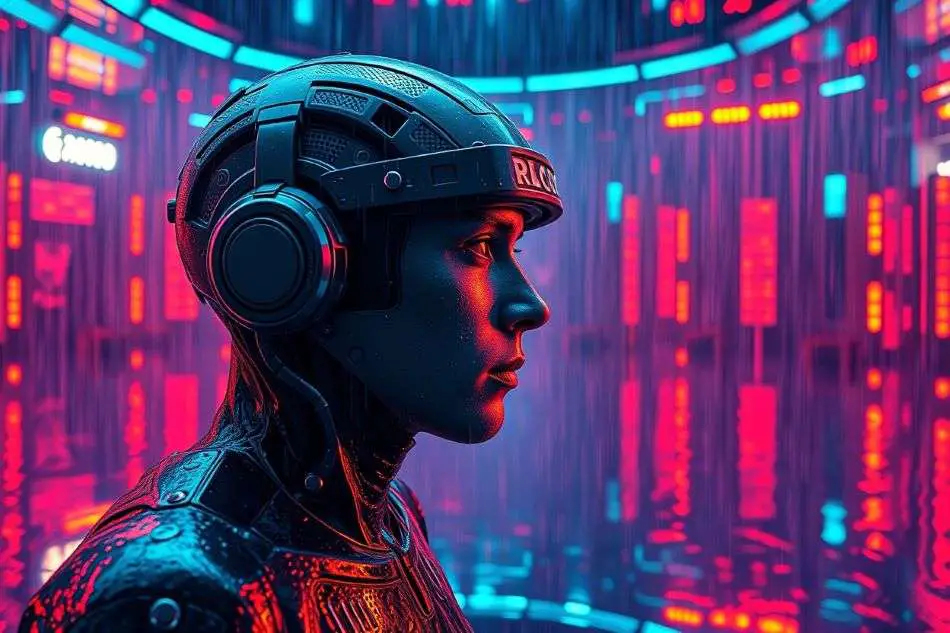 AI Video Generator
AI Video Generator
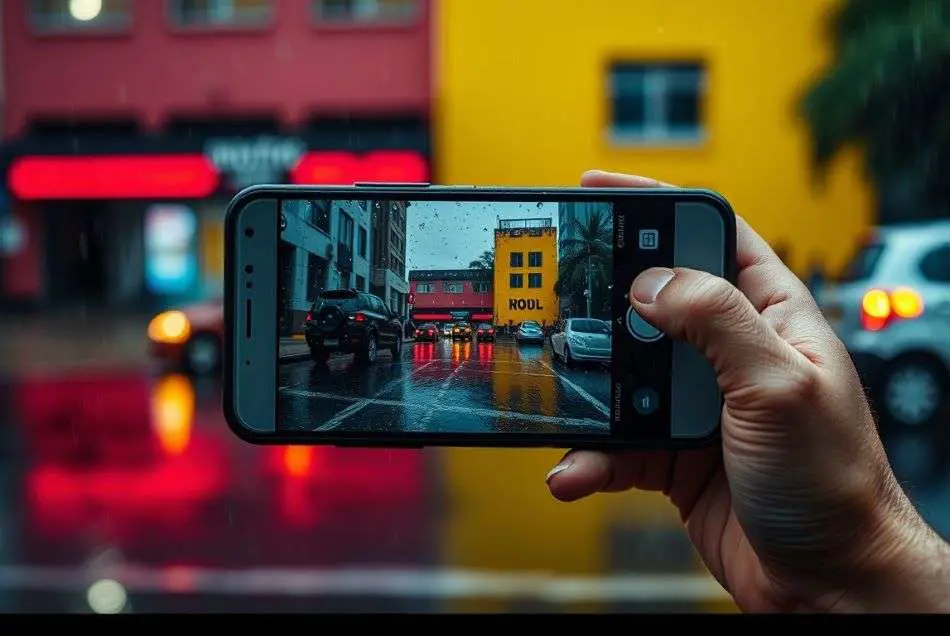 AI Automation
AI Automation
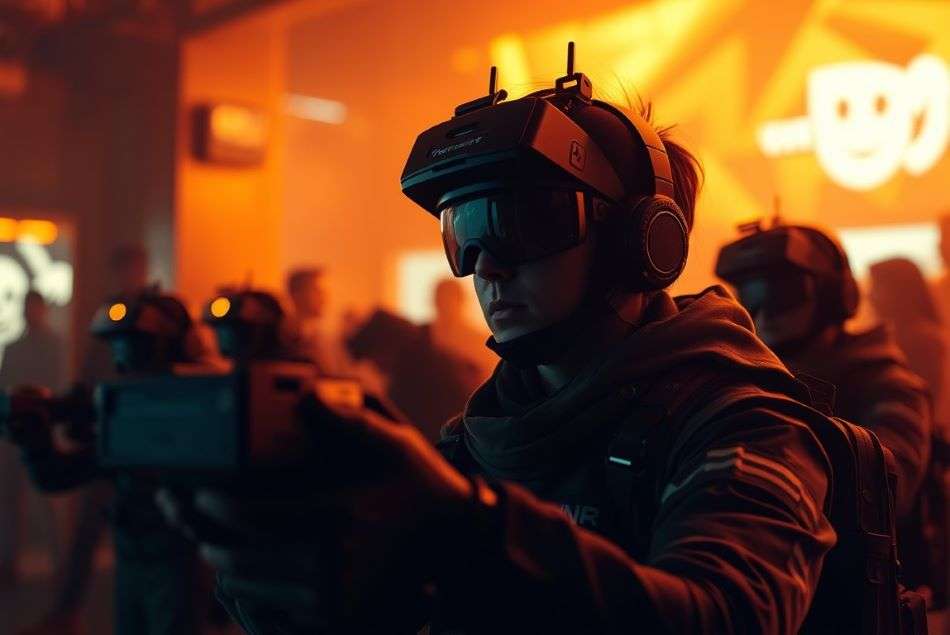 AI Automation
AI Automation
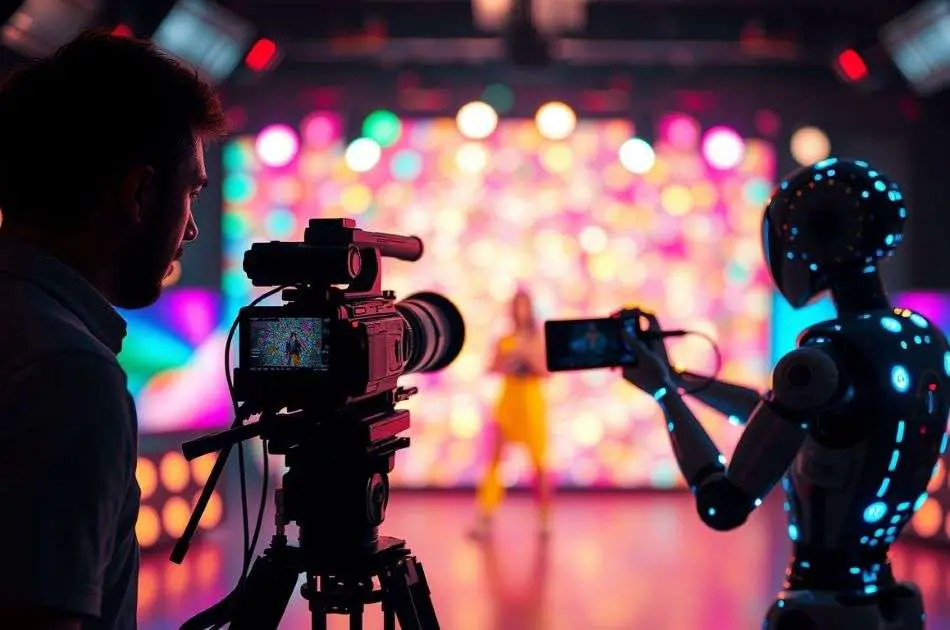 AI Automation
AI Automation
TechPilot.ai TechPilot.ai provides independent reviews, comparisons, and insights to help users make informed decisions about AI tools.
Our content is written and fact-checked by experts, and we may earn a small commission if you choose to purchase through affiliate links—at no extra cost to you. This supports our mission to keep the platform free, unbiased, and up to date.